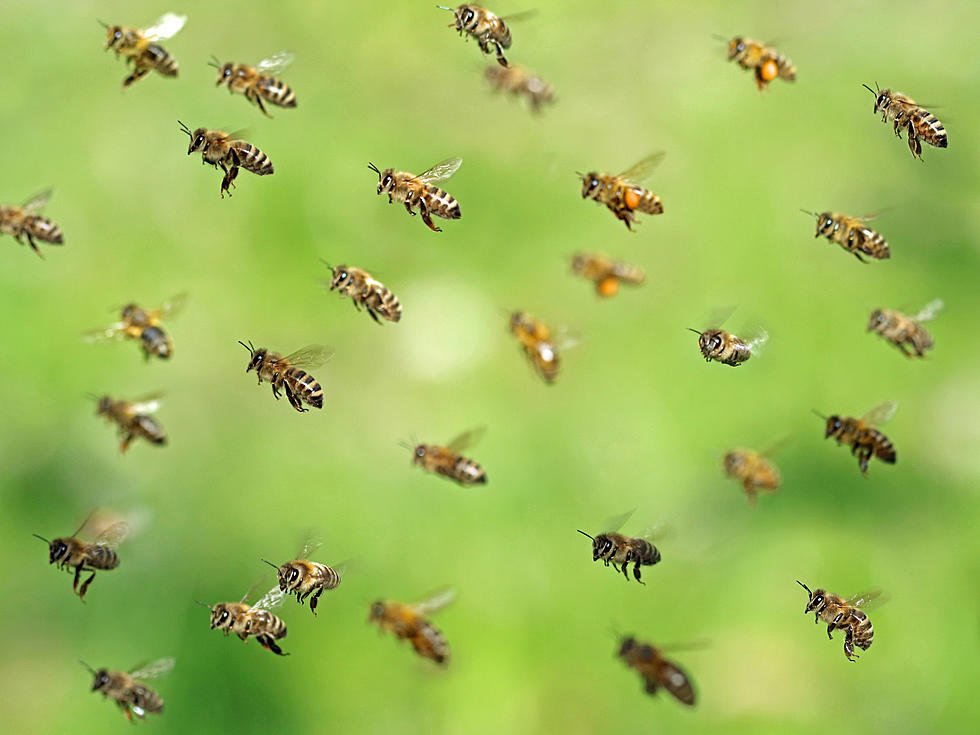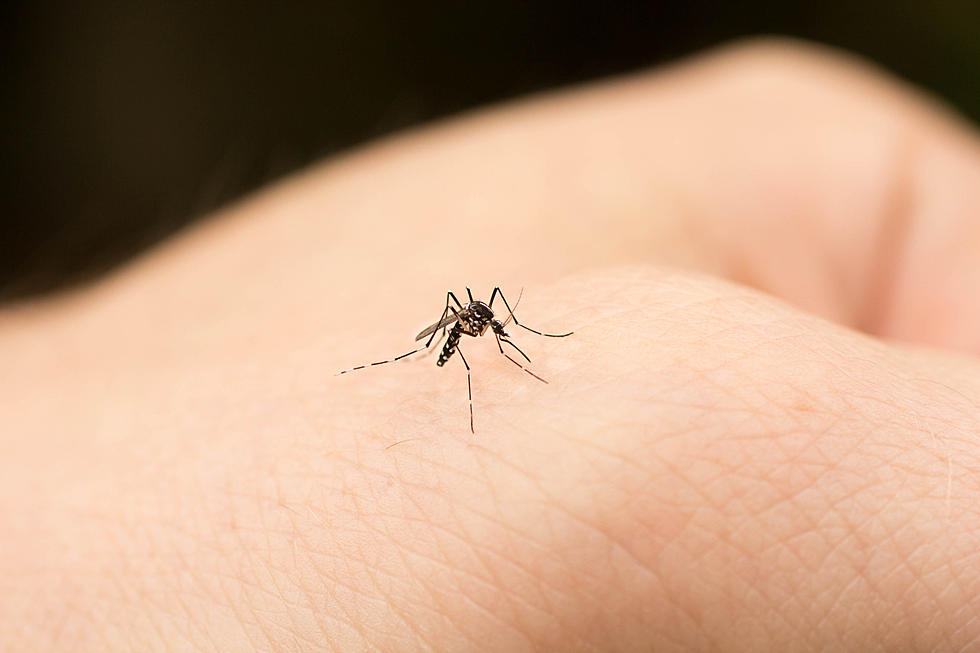
Did You Know Lightening Bugs Are Dying Out?
It's one of the signs of summer - the blinking little bugs you'd try to catch in your yard.
But did you know they're dying out? According to a site I didn't even know existed until today, they are. There's a whole non profit group dedicated to the decline of the lightening bug population. But, why? According to Firefly.org, there isn't a set reason:
Most species of fireflies thrive as larvae in rotting wood and forest litter at the margins of ponds and streams... a few are found in more arid areas—but most are found in fields, forests and marshes. The problem is that in America and throughout the world, our open fields and forests are being paved over, and our waterways are seeing more development and noisy boat traffic. As their habitat disappears under housing and commercial developments, firefly numbers dwindle. Logging, pollution and increased use of pesticides may also contribute to destroying firefly habitat and natural prey. Human traffic is believed to disrupt firefly habitat as well. While scientific studies have only been done for the past few years, there's plenty of anecdotal evidence in areas that were once full of fireflies—and much of it goes back generations. Some areas once had so many fireflies that they profited from running firefly tours in marshes and forests—but since human traffic has increased, firefly populations have gone down.
So what can we do? Can we help them bounce back? Yes, the organization says. You can turn off the outside lights at night, plant some trees or keep the natural litter around, create water features in your yard, and avoid lawn chemicals. Of course, the problem with all of those things is that not only will they help lightening bugs, they'll help mosquitoes, too.
So what do you think? Do you see less of the little lights in your yard? Will you try to help them come back, or let them go?
Fireflyingly yours,
Behka
More From Mix 92.3









